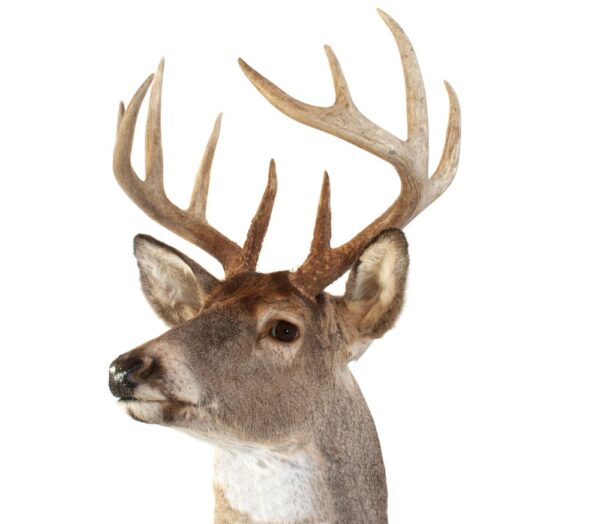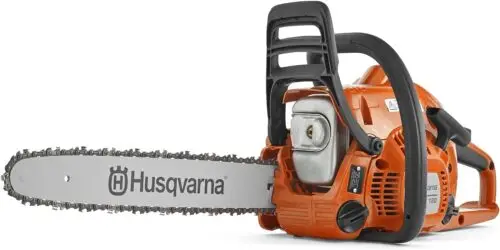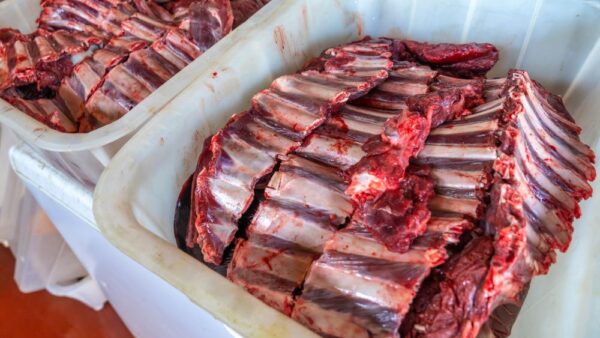
Cultural Significance and Symbolism of the Deer Head
Throughout history and across cultures worldwide, deer heads have held great significance beyond their physical attributes. In many ancient civilizations, they were revered symbols embodying gracefulness, agility, strength, and spirituality. In Native American culture, the deer holds profound symbolism as a symbolic animal representing sensitivity and intuition.
It is often regarded as a messenger between humans and nature or an embodiment of spiritual guides who provide wisdom during decision-making or hardship. Moreover, in European folklore and mythology dating back centuries, the deer, with its antlers, represented the kings of the forest.
These majestic creatures were associated with nobility, authority, and leadership. The antlers became a symbol of power and were even used to create crowns and headdresses for royalty.
Today, deer heads are often used as decorative elements in interior design, adding a touch of rustic elegance or a nod to nature’s beauty. While their cultural significance may have evolved, their captivating presence fascinates and inspires reverence in diverse realms.
Antlers: Majestic Apparitions of Nature
One must discuss the anatomy of a deer head by delving into the captivating world of antlers. These remarkable structures, synonymous with grace and beauty, hold an undeniable allure for nature enthusiasts. Antlers are found exclusively on male deer, also known as bucks.
Antlers are formed from specialized bone tissue and grow atop a bony bump called the pedicle. Their growth process is genuinely remarkable and occurs at an astonishing rate.
When testosterone levels peak in the spring and summer months, antler growth commences. Covered in velvet—a soft skin rich in blood vessels—antlers quickly sprout from the pedicle’s core.
This velvet provides vital nutrients to support their rapid development. But just as swiftly as they grow, antlers undergo a transformative cycle.
Bucks rub and scrape their antlers against rough surfaces in late summer or early fall to remove the drying velvet. This act reveals the solid and impressive bones underneath—an emblem of strength and dominance
Skull: An Architecture of Adaptation
Beneath its majestic crown rests a complex structure known as the skull—a marvel of evolution that exhibits both form and function in equal measure. The deer skull comprises various bones intricately fused to provide durability while minimizing weight. The frontal bone protects the brain—the epicenter of cognitive prowess—while accommodating large eye sockets on either side.
Eyes: Windows into a World of Perception
The eyes, often described as the windows to the soul, are integral components of a deer’s head and serve crucial functions for survival. Positioned laterally on either side of the skull—their placement offers a panoramic vision—deer eyes possess distinct characteristics that aid their survival in various scenarios.
Deer eyes are uniquely adapted for low-light conditions, which are necessary for their crepuscular lifestyle. Their large pupils enable efficient capture of limited light, while a reflective layer called the tapetum lucidum enhances night vision by maximizing available light.
Species with A Prominent Deer Head
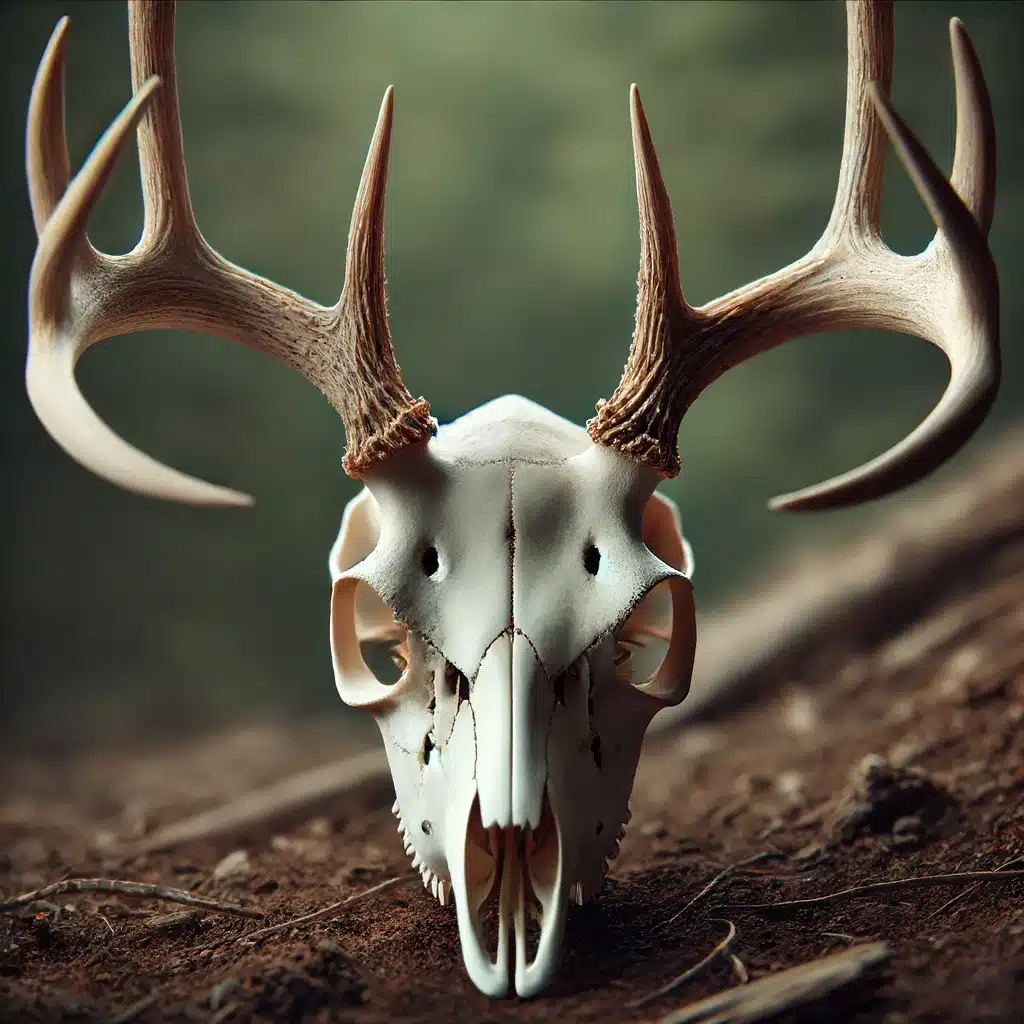
When it comes to deer heads, the white-tailed deer certainly stands out. Female deer, known as does, also have distinctively shaped heads. These graceful creatures are easily recognizable by their distinctively shaped heads. The most striking feature is undoubtedly the majestic antlers that adorn the males’ heads.
These antlers, shed and regrown annually, can reach impressive sizes with intricate branching patterns. Each set of antlers is a testament to the deer’s strength and vitality, making them a coveted trophy for many hunters.
Mule deer: Distinctive traits compared to other species
Mule deer possess a charm on their own, with some unique characteristics that set them apart from other species when it comes to their heads. One distinguishing feature is the shape of their ears, which are noticeably more extensive than those of other deer species.
These oversized ears serve multiple purposes – not only do they enhance hearing capabilities, but they also help regulate body temperature by dissipating heat during warmer seasons.
Red deer: Notable aspects of their large heads
Regarding sheer grandeur, red deer take center stage with their vast and impressive heads. Characterized by mighty antlers, which can span up to a meter in length, red deer possess a regal presence that demands attention.
These antlers are often dense and intricately branched, forming an awe-inspiring crown that symbolizes strength and dominance within the species. The significance of red deer antlers goes beyond the realm of aesthetics.
Trophy Hunting Culture
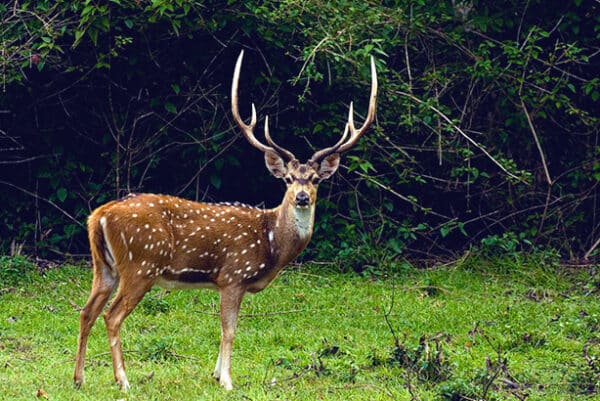
Like any other form of hunting, trophy hunting has long been a part of human history. However, when it comes to deer heads, it takes on a whole new level of fascination. Hunters might seek different types of deer mounts, such as European mounts, life-size mounts, and shoulder mounts.
For many hunters, collecting deer heads is not just about bagging a big buck; it’s about commemorating their skills, experiences, and triumphs in the wild. The desire to conquer nature’s majestic creature and possess a tangible symbol of that conquest drives trophy hunters.
Deer Head – A Symbol of Achievement
Collecting deer heads has also become intricately linked to personal achievement. The size and quality of a deer head are often used as an indicator of the hunter’s skill and prowess.
A trophy-worthy deer head represents a successful hunt and hours spent mastering hunting techniques, understanding animal behavior, and scouting the perfect locations. It becomes a testament to the hunter’s dedication and commitment to their passion.
Determining Trophy-Worthy Deer Head
One aspect that is highly significant when determining whether a deer head is worthy of being called a trophy is antler size and configuration. Hunters look for impressive antlers with multiple points or tines that branch out elegantly from the main beam. The symmetry between the left and right sides is highly valued as it demonstrates genetic superiority.
Age Matters
Age is essential in determining if a deer head deserves its place on the trophy wall. Older bucks generally exhibit more giant antlers due to years of growth cycles. These mature bucks have proven their ability to survive predators, harsh weather conditions, diseases, and other natural challenges over time—making them more coveted trophies for hunters.
Other Factors
In addition to antler size and age, other factors are considered when determining trophy-worthy deer heads. The overall health and condition of the animal, as well as its body size and weight, can contribute to its status as a trophy. Hunters often seek deer heads that exhibit exceptional characteristics such as unique coloring, unusual mass or shape, or even non-typical antler growth patterns.
Popular Locations for Trophy Deer Heads

The Majestic Rockies: Colorado and Wyoming
With their expansive forests, abundant food sources, and challenging terrains, the Rocky Mountains of Colorado and Wyoming have earned a reputation as prime hunting destinations for trophy-sized deer heads.
These states boast a healthy population of mule deer with impressive antler growth due to the rich vegetation in their mountainous landscapes.
The Lone Star State: Texas
Texas is another sought-after location for hunters looking to bag remarkable trophies. The state’s diverse habitats provide excellent conditions for white-tailed deer populations to thrive. Managed hunting properties in Texas allow hunters to pursue large bucks with magnificent antlers that can rival those in North America.
The Land of Giants: Canada
For those seeking genuinely massive deer heads, Canada is known for producing some of the largest specimens in the world. Provinces like Alberta and Saskatchewan are renowned for their immense white-tailed deer bucks with exceptional genetic potential.
The vast wilderness areas allow these animals to reach their full size and display impressive antler growth. These locations also offer opportunities for hunting other animals, making them versatile hunting destinations.
Taxidermy Artistry with Deer Heads
Taxidermy, the art of preserving and mounting animal skins, has a rich history and is widely appreciated for its skillful craftsmanship. Shoulder mounts are a popular choice for showcasing the impressive features of deer heads while conserving space.
It combines elements of biology, sculpture, and design to create lifelike representations of animals, including the majestic deer head.
Taxidermists meticulously study the anatomy and behavior of various species to ensure accurate replication in their work. The artistry involved goes beyond merely preserving a specimen; it aims to capture the spirit and beauty of the animal.
Techniques to preserve and mount your deer head
Preserving a deer head involves several intricate steps that require precision and expertise. The first step is carefully removing the skin while keeping it intact. Once detached, the skin is cleaned thoroughly to remove residual fat or tissue.
Next comes tanning, which involves treating the skin with chemicals that prevent decay while maintaining suppleness. Mounting a deer head requires attention to detail in recreating the facial features and capturing its natural expression.
Taxidermists use anatomical replicas or molds to shape a foam or clay form that is the base for attaching the prepared skin. They meticulously position each facial feature—the eyes, nose, ears—and recreate details using artificial materials like glass eyes and sculpting clay.
Variations in displaying your mounted deer head
Gone are the days when mounted deer heads were limited to traditional wooden plaques on walls. Today’s taxidermy art offers boundless creativity in displaying these magnificent specimens.
The possibilities are endless, from naturalistic habitat dioramas showcasing realistic scenes from their natural environment to modern interpretations featuring unconventional materials like metal or acrylic frames!
Alternative Uses for the Deer Head

Deer heads have long been used as a striking and visually captivating element in interior design. Whether mounted on a wall or showcased as an artistic centerpiece, they add a touch of nature’s elegance to any space.
Their intricate antlers can create interesting shadows and textures, adding depth and character to the overall aesthetic. For those who prefer a more modern or eclectic style, deer heads painted in vibrant colors or adorned with decorative elements can be bold statement pieces that ignite conversations.
Utilitarian uses such as coat racks or key holders
Deer heads are not solely reserved for decorative purposes but can be repurposed practically. One popular option is transforming the antlers into stylish coat racks or critical holders.
By attaching hooks to strategic points on the antlers, you can create functional yet eye-catching pieces that keep your belongings organized unconventionally. Imagine coming home after a long day and reaching for your keys from beneath the majestic antlers of a deer head—it adds an element of whimsy to mundane tasks.
Artistic expressions utilizing a real deer head
Real deer heads offer endless possibilities for creative expression for those with a penchant for unconventional artistry. Some talented artists use taxidermy techniques to preserve and repurpose deer heads into awe-inspiring sculptures or installations.
These unique pieces often challenge traditional notions of beauty while pushing boundaries and sparking conversations about human-nature relationships and conservation efforts. From surreal juxtapositions with other materials to thought-provoking arrangements that convey deeper meanings, these unconventional artistic expressions invite viewers to explore new perspectives and emotions.
Conclusion
In exploring the alternative uses for deer heads, we have discovered how these striking animal specimens can transcend their traditional roles and find new life in various contexts.
Whether as decorative elements in interior design, functional coat racks or critical holders, or materials for thought-provoking artistic expressions, deer heads offer a remarkable blend of natural beauty and human creativity.
